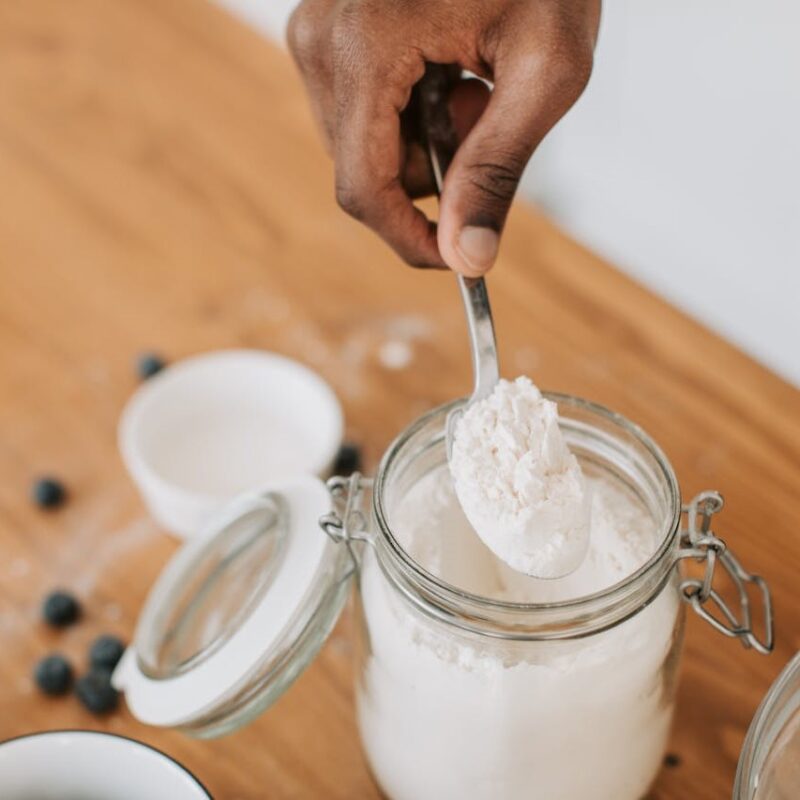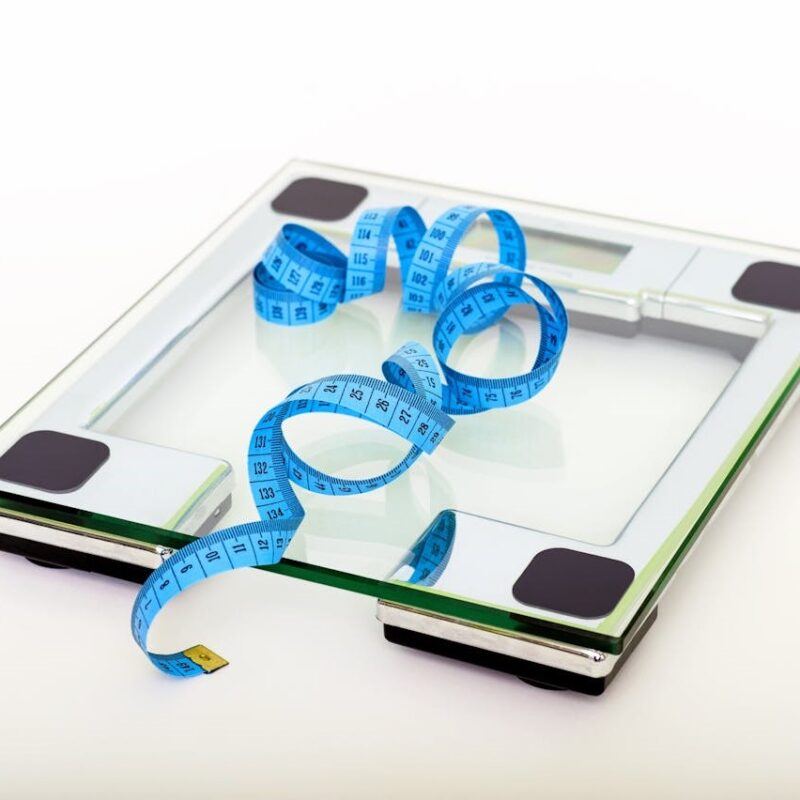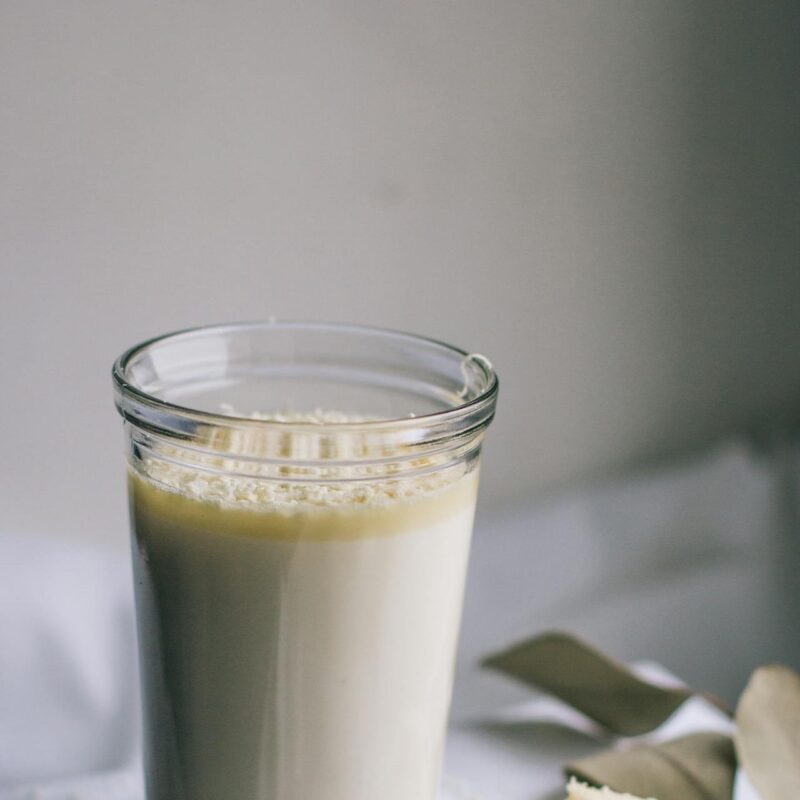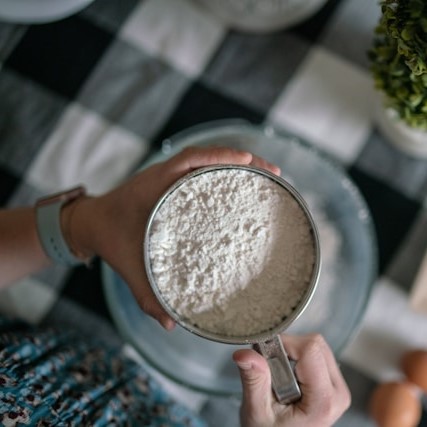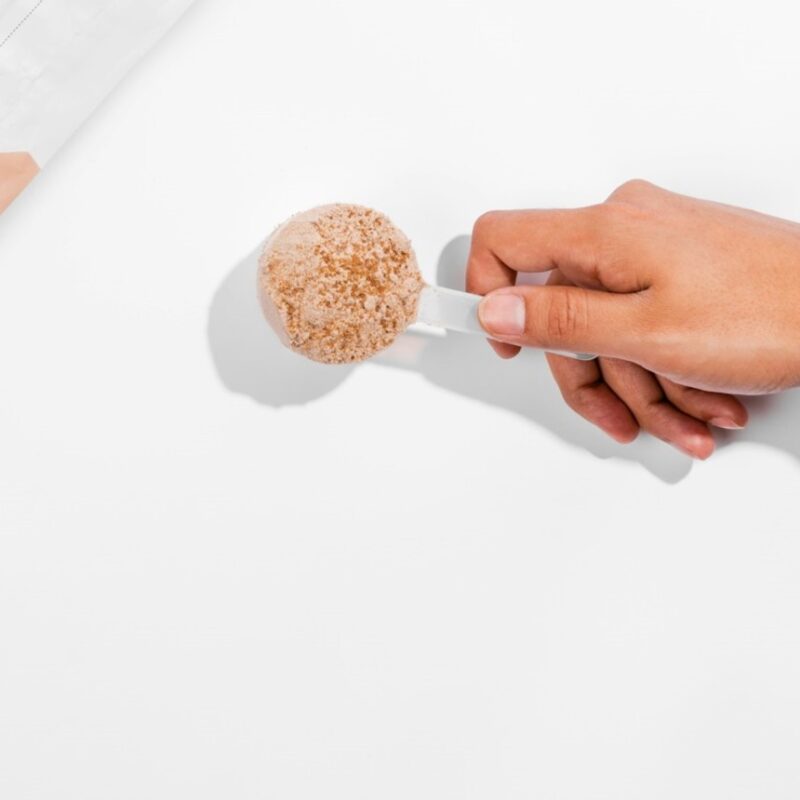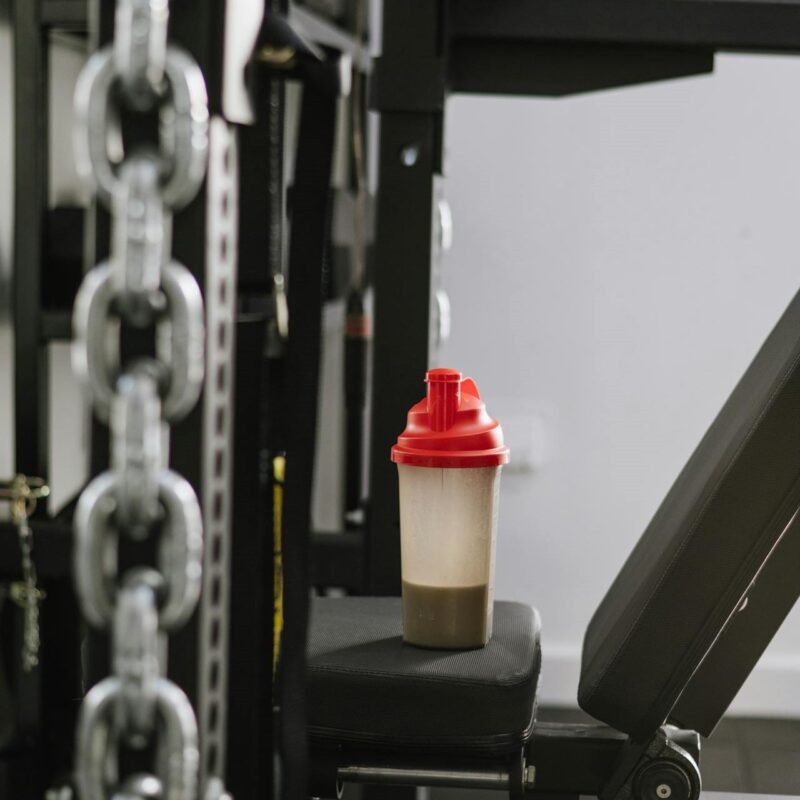
Blog
Do You Know About These 3 Types of Protein Powders?

Your heart races with excitement as you step into the supplement store. Today’s the day you finally take the plunge and start using protein powder. You’ve heard all about it, the different types of protein powders, and know that it’s crucial for building muscle. Now, it’s time to see the results for yourself.
With a spring in your step, you head towards the protein section, eager to find the perfect brand for you. The thought of finally maxing out those gains has you buzzing with excitement.
But as you step in, your excitement quickly turns into confusion as you see this…

WTH, so many options?!
The sheer amount of different types of protein powders staring at you is overwhelming. You see protein powders of every kind and every color imaginable.
“Uhhhh, do I pick this WPC 80? This isolate looks pretty nice too! Ooh, how about this fancy-looking hydrolyzed whey?!”
The decision is yours to make. But here’s the thing…
You haven’t got the slightest idea what each of these different types of proteins actually are.
Dejected, you start to walk out.
“Now hold on right there, partner!”
You’re startled as someone literally appears out of nowhere…and stands right behind you.
You gasp.
It’s me (the author).
Holding what looks like a…book?
“Not so fast! It’s damn hard choosing a protein powder if you know nothing about it in the first place.”
He hands it over to you.
It reads:
‘Everything You Need To Know About the Types of Protein Powders’.
“But thankfully, we’re here to help. This guide contains all that you need to know about whey proteins. It’s short, but packs a punch. Hope it helps!”
And just like that, he disappears.
You start to read:
Before..
…you look out for a whey protein powder, it’s important to understand that there are 3 main types:
- Whey Protein Concentrate (WPC)
- Whey Protein Isolate (WPI)
- Hydrolyzed Whey Protein (HWP)
This guide explains all three and why you might want to choose one over the other.
Without further ado, let’s get into it!
Whey Protein Concentrate (WPC)
Firstly, Whey Protein Concentrate (WPC) is the most common form of whey protein powder. It’s made by filtering liquid whey of some of the lactose, fats, carbs, and other impurities found in milk. The resulting solution contains 70-80% protein, along with lactose, fats, and other nutrients.
WPC usually undergoes only one layer of filtration called ultrafiltration.
Think of this as the liquid whey passing through a sieve. The sieve stops most of the fats and lactose while allowing the protein to pass through.
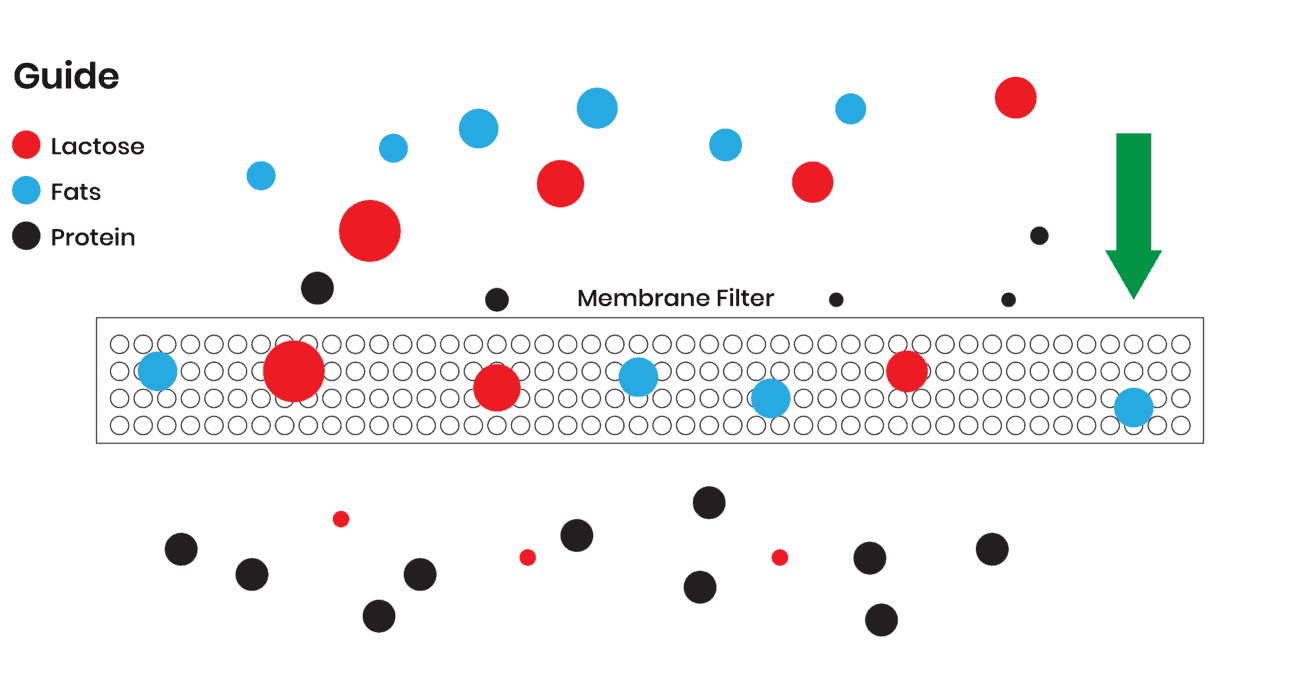
But even then, some lactose and fats still pass through and are present in the liquid whey.
Is WPC for you?
Most powders you’ll find on the market will have WPC as their primary ingredient. This is because it offers a balance of both cost and protein content.
Though WPC is cheaper than WPI and HWP, it still gives you a lot of protein per serving.
However, the drawback here is that WPC does contain a small amount of lactose, and fats. So, if you’re sensitive to lactose, WPC may cause stomach discomfort. To try WPC but avoid stomach issues, look for one with at least 80% protein per scoop.
And in case you’re wondering how that’s done, it’s quite easy! Use the following formula:
(Amount of protein per scoop/scoop size)*100
Now onto the question, “is it for me?”
We suggest WPC if you want high-quality protein AND don’t want to spend a truckload’s worth of money on it either.
If you’re new to protein powders and want to get the feel for them, WPC is the whey to go! (pun intended 😉 )
Here is a great choice.
Whey Protein Isolate (WPI):
Whey Protein Isolate (WPI) is a highly pure form of whey protein powder. Think of the sieve example before. This time, we make the pores even finer, allowing us to remove even more of the lactose, fats, and impurities.
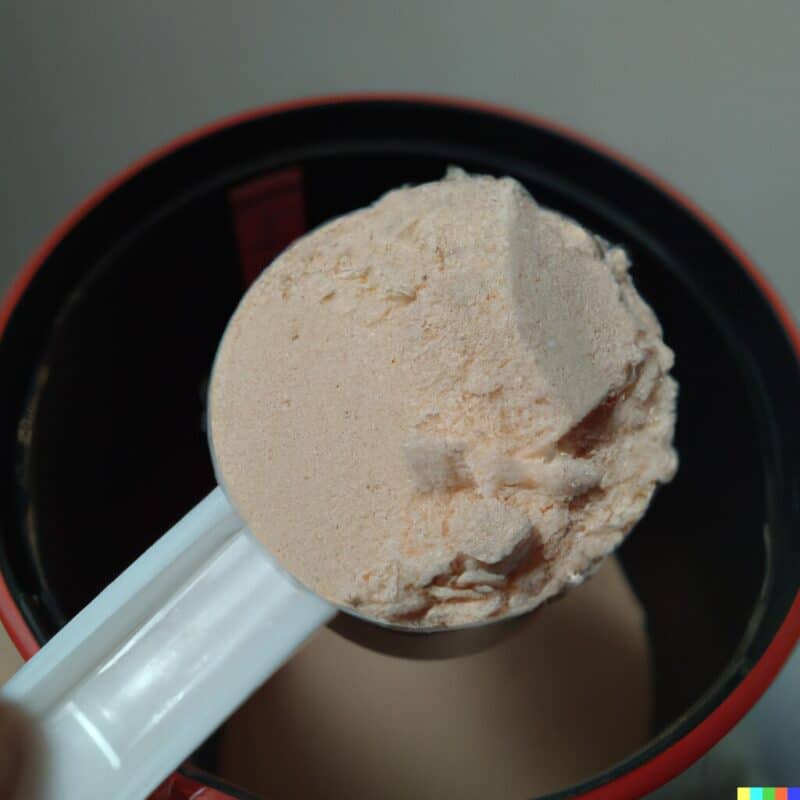
In other words, WPI is WPC done with an extra layer of filtration.
The resulting protein % after filtration in most WPIs is around 90%. Meaning, WPI gives you a whopping 90g of pure protein per 100g, making it one of the purest forms available.
Is WPI for you?
WPI contains significantly lower levels of lactose and fats than WPC. So, if the thought of lactose petrifies you or you want to limit your fat intake, WPI is the choice for you.
WPI is super easy to mix and quickly absorbed, making it the perfect post-workout fuel. This can be especially beneficial if you’re an athlete or a bodybuilder.
But truthfully, be aware that all these benefits come at a cost…(literally).
Where you paid Rs 6000-7000 for a kg of WPC, don’t be surprised if a kilo of WPI sets you back Rs 10,000 or more.
The extra level of processing required for WPI does make it a lot more expensive.
Looking to supercharge your fitness journey? Or are you an athlete looking for a premium whey? PLUS, have you got the budget for it?
If you answered yes to all 3, then WPI is the protein for you!
Hydrolyzed Whey Protein (HPW)
We used a regular sieve to get WPC. Then we made its pores smaller to get WPI.
Now let’s say we want super quick-to-digest protein. What’s the next step?
Well, unfortunately, this is where we’ve got to leave our sieve behind and look for another analogy. Sorry sieve! :’)
HPW is made through a process called hydrolysis. It’s a big word. But don’t worry. We’ll explain!
Consider a large block of cheese. On its own, there’s not much you can do with it. But what if you used a cheese grater to reduce it down into smaller, easily consumable pieces? In other words, what if you broke down the cheese?
This is what hydrolysis is. The breaking of protein molecules into smaller, easily digestible peptides, through water. Think of the water as the grater.
The illustration below makes this easier to understand.
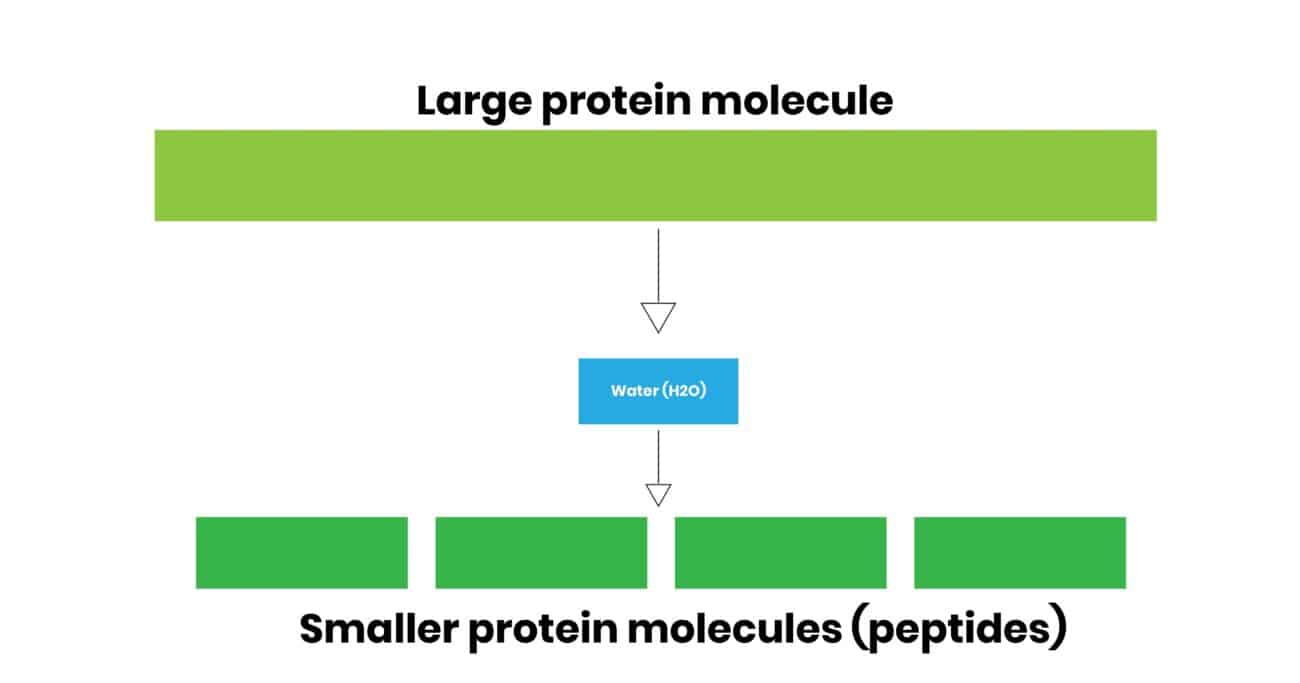
This type of whey protein powder is considered to have the highest protein concentration, typically around 90% or more.
Is HPW for you?
Is HPW for you?
Before we get into anything, you must know that HPW is more expensive than both WPI and WPC. So be prepared to pay a hefty amount for a tub of this.
Price aside, is this the powder for you?
Pro athletes and bodybuilders use HPW because it’s quickly absorbed by the body. Quicker absorption equals quicker recovery!

For them, recovery is everything. Day after day, they must push their body to their absolute limit.
It’s a continuous cycle of training and recovering. Over and over again.
That’s what makes HPW a great option for them. And if you’re planning on doing the same, then HPW is what you need!
You should know, though, unflavored HPW has a very unpleasant, bitter taste. To mask that up, companies add a hefty dose of sweeteners and flavor. If you’re put off by overly sweet protein powders, then HPW might not be for you.
Final words
If you ever need a refresher, here’s a simple illustration you can save and look at later!
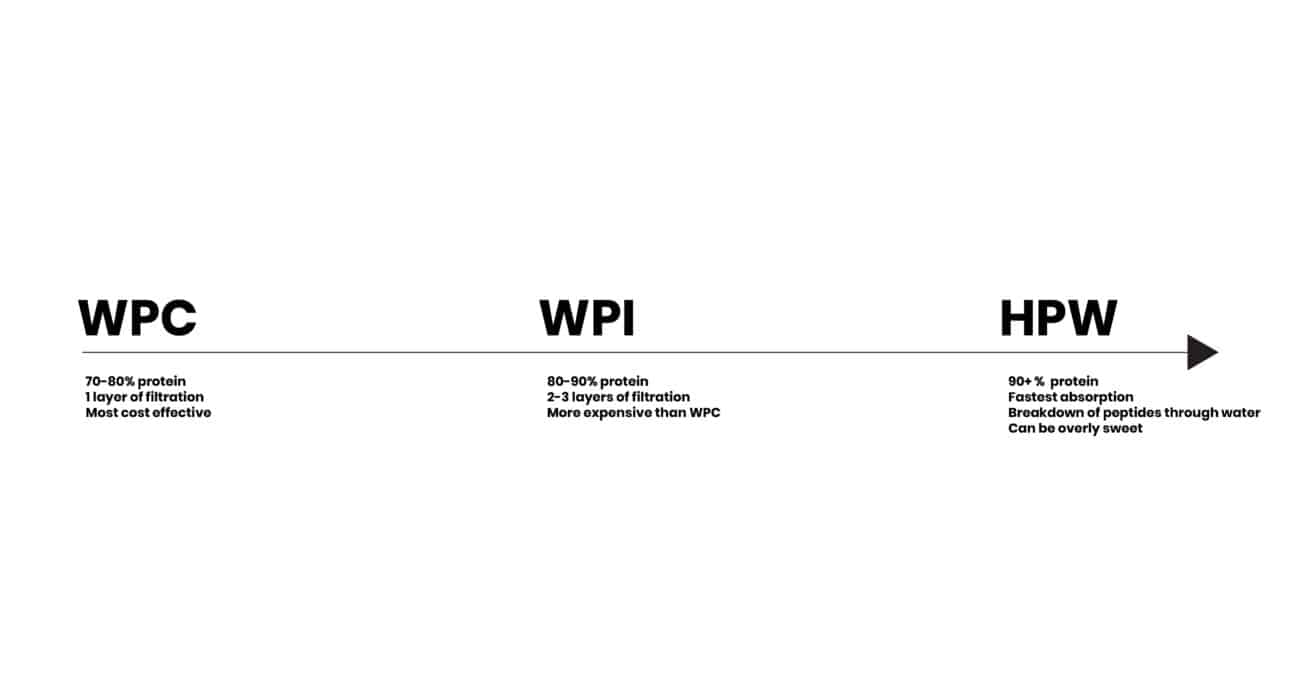
So, which one is right for you?
If you’re looking for a balance of cost and protein content, WPC is a great option.
If you’re looking to limit your fat intake and are an athlete or bodybuilder, WPI is the way to go.
And if you’re really serious about training and fast recovery, HWP might be the choice for you.
Now you know about all three types of protein powders! Just keep in mind that the purer the protein, the higher the cost. Happy lifting!




